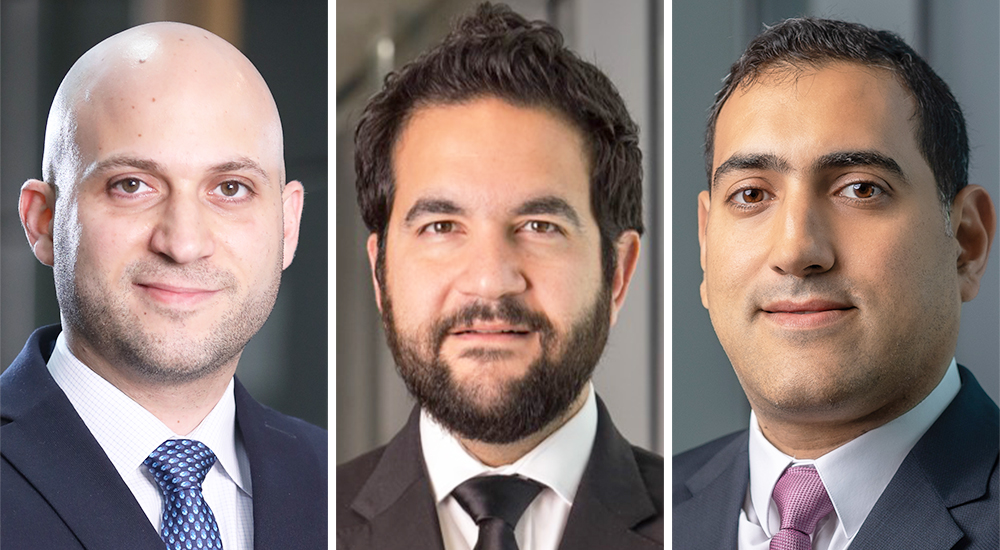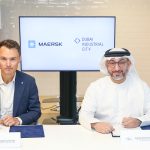New construction activity contributing 37% of energy-related emissions, Strategy& Middle East

Countries across the Middle East and North Africa region must integrate environmental, social and governance principles into their urban regeneration strategies to build inclusive economic development and preserve cultural heritage, according to the latest research by Strategy& Middle East, part of the PwC network. The necessity for urban regeneration is seen across the region, with unplanned or so-called ‘informal settlements’ continuing their rapid growth: 40% of the populations of both Cairo and Makkah live in such settlements.
Meanwhile, emissions from new construction activity and ongoing building operations represent 37% of energy-related emissions and 34% of global energy demand.
“As recently as 2018, roughly 31 per cent of those in the Arab world living in cities did so in decaying neighborhoods and dwellings. Our analysis shows that it would cost the region $500 billion to regenerate a sample of 15 densely populated cities, such as in Saudi Arabia, UAE, Qatar, Egypt, Iraq, Syria, and Jordan. This injection of capital and urban planning has enormous potential to transform the livelihoods of millions of people, directly or indirectly,” said Karim Abdallah, Partner with Strategy& Middle East.
While economic growth delivers social and economic benefits, rapid and unplanned urbanization can create economic, environmental and social issues, from sprawl and decay, to displaced communities and neglected cultural and historical sites.
The Strategy& report points out that several Middle East urban regeneration efforts are already underway, notably Jeddah’s Al Balad district and downtown Sharjah in the UAE. However, these programs must strike a balance between improvement without gentrification, meet housing demands while preserving neighborhood aesthetics, and enhance socio-economic conditions while safeguarding their historical heritage and social fabric.
Unlike traditional development, urban regeneration must not only breathe new life into old districts that helps improve quality of life and economic opportunity, but also be financially viable for the government agencies, developers and financial institutions sponsoring these projects.
An ESG-based strategy therefore can ensure that programs conform to growing demand for ESG compliance from investors and banks while opening up further investment and financing avenues. In 2021 alone, over $1.6 trillion in sustainable debt was issued, with a third of that specifically linked to ESG targets. Additionally, by reviving decaying districts, an ESG-based strategy can also restore much-needed housing stock, commercial space and support with tourism development that many Middle East countries are seeking.
“When linked to ESG principles, urban regeneration acts as a powerful tool to mitigate the common challenges of regeneration. Whether we’re talking about better infrastructure, construction efficiencies or energy efficiency, sustainability is integral to the environmental goal,” commented Charly Nakhoul, Partner with Strategy& Middle East.
Several nations, including Bahrain, Saudi Arabia, and the UAE, have set out net-zero strategies recognizing the significance of preserving the social fabric and engaging with communities to maintain cohesive and healthy societies.
“Urban regeneration is integral to the effective management of the MENA region’s population growth,” said Fady Halim, Partner with Strategy& Middle East. “By implementing a ‘LIFE’ approach, which integrates ESG principles into urban regeneration projects, a variety of sustainability, socio-economic, cultural and quality of life goals can be achieved. These outcomes will have a lasting impact; including providing better life opportunities, fostering thriving communities, and creating financial incentives for continuous urban revival and development,” he added.
For GCC countries to achieve sustainable financing and inclusive socio-economic development, they must embed ESG principles in a series of L-I-F-E phases for urban regeneration.
- Learn (and listen): Projects must begin with a period of listening and learning from residents, businesspeople, and property owners. Sponsors must understand the area’s socio-economic, cultural, and historical characteristics and the community’s needs. Effective communication among all stakeholders is vital to ensure the project aligns within the context of the overall city.
- Integrate: ESG principles must be seamlessly integrated into every aspect of the project, from exploratory conversations and planning to design and implementation; and from ongoing operations to managing the assets over the long term.
- Fix: It is important to fix ESG targets and other key performance indicators that translate the commitment into a tangible, measurable effort.
- Earn: From these actions; stakeholders earn their rewards. Community members gain a higher quality of life, and the public and private-sector sponsors ultimately benefit from their investments.
For governments across the region, urban regeneration is a social and economic imperative – their national security depends on the maintenance of cohesive societies and empowered individuals. Moreover, urban regeneration projects can only deliver these outcomes if they integrate ESG principles built around transparency, fairness, integrity and inclusion. L-I-F-E phases can provide policymakers and developers with a powerful roadmap to successful regeneration and towards building sustainable urban centers of the future.






